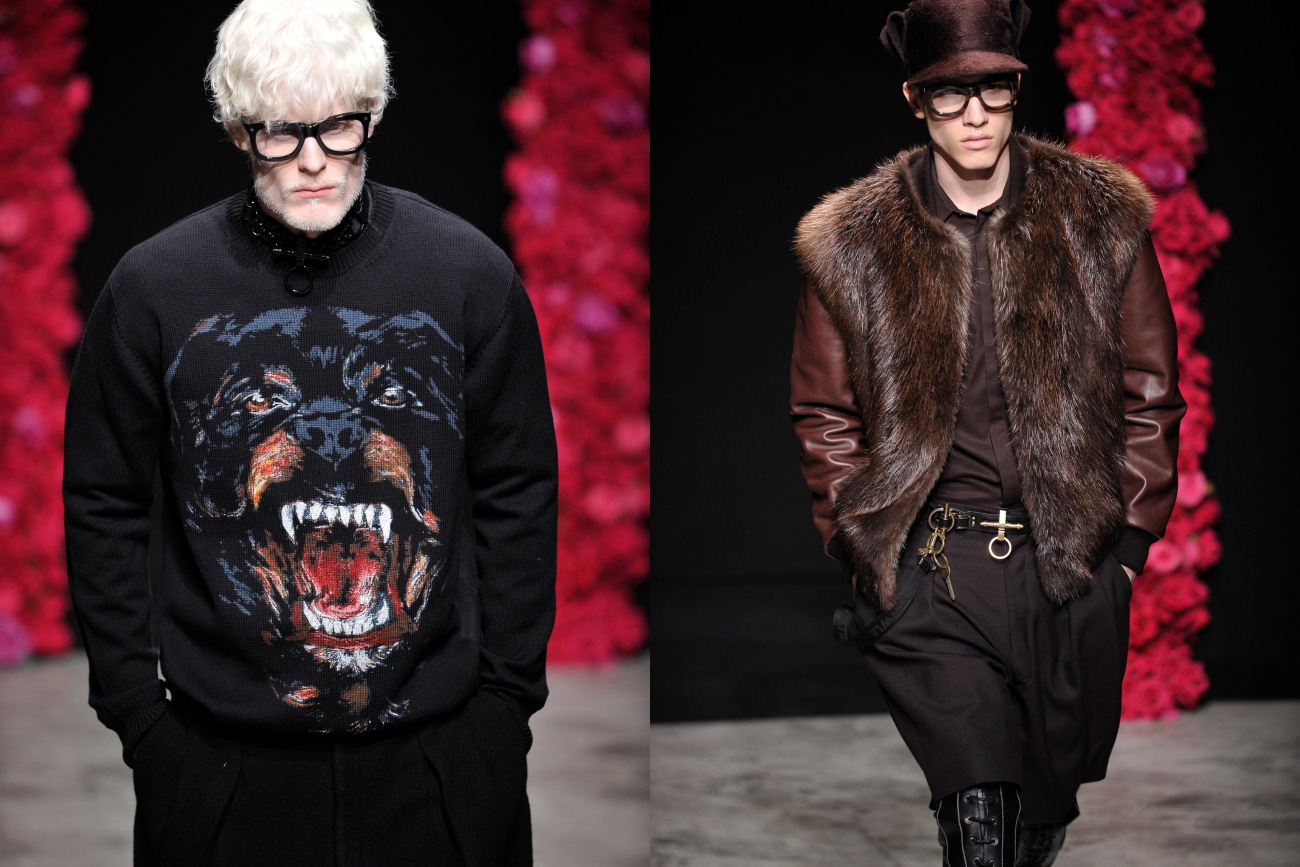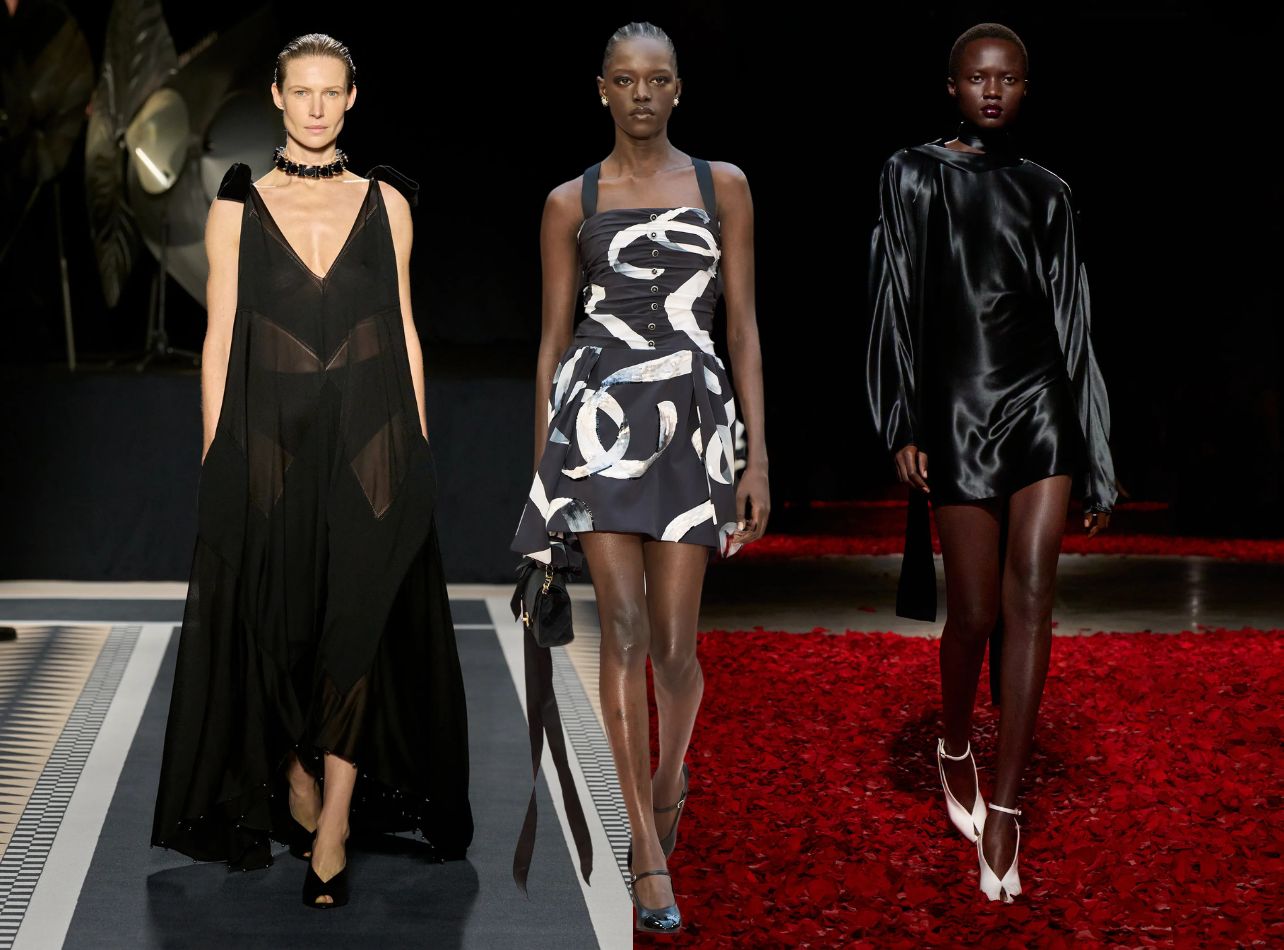Roy Halston Frowick, known mononymously as Halston, occupies a singular place in the history of American fashion. Emerging in the 1960s first as a prodigious milliner, Halston soared into prominence by designing the iconic pillbox hat worn by Jacqueline Kennedy at John F. Kennedy’s 1961 inauguration. However, it was his evolution into womenswear that allowed him to form the foundation of what would become an indelible legacy. Halston spoke the language of modernity, fluidity, and understated glamour—qualities that redefined the American aesthetic and forever shifted the trajectory of the fashion industry.
Minimalism as Innovation: The Language of Simplicity
Before Halston, haute couture ruled American fashion, and excessive embellishment was synonymous with luxury. Halston broke with these traditions, introducing a minimalist approach that celebrated the body and eschewed superfluous detail. His hallmark was the bias-cut dress—a garment that not only followed the contours of a woman’s body but seemed to liberate it. Using fabrics such as ultrasuede, jersey, and chiffon, Halston produced garments that floated, moved, and breathed with those who wore them. This revolution in fabrication and form underscored a new functional luxury, one characterized by wearability and elegance.
Many fashion chroniclers point to Halston’s 1972 ultrasuede shirtwaist dress as a pivotal event. Its straightforward design, washable material, and accessible elegance appealed to all societal levels, achieving sales in the tens of thousands. By infusing comfort into high-end fashion, Halston paved the way for all subsequent trends in American sportswear and minimalist design, impacting creators from Donna Karan to Calvin Klein.
The Halstonettes: Diversity and Representation
Perhaps no other designer of his era cultivated a more inclusive image than Halston. His atelier and social circle, dubbed the “Halstonettes,” reflected a progressive vision for representation in fashion. He dressed a multicultural coterie of models and muses—such as Pat Cleveland, Alva Chinn, and Beverly Johnson—years before the industry’s wider embrace of diversity. Halston’s shows, often staged in intimate settings or at the Pierre Hotel, foregrounded these women’s personalities and grace, projecting a new and relatable ideal of beauty to the world. This approach not only amplified emerging supermodels but also set a cultural precedent for diversity as essential to fashion’s vibrancy.
The Studio 54 Era: Redefining Glamour and Celebrity Culture
The partnership between Halston and the nightlife of Studio 54 in the late 1970s is legendary. He understood the power of association, and artfully melded fashion with celebrity culture. Dressed in his designs, stars like Liza Minnelli, Bianca Jagger, and Elizabeth Taylor embodied an aspirational lifestyle associated with freedom, hedonism, and glamour. Halston’s clothes became synonymous with the disco era—fluid, shimmering, and sensuous, perfectly attuned to the mesmerizing nightlife of the time.
This convergence of brand and celebrity would shape American fashion for many years. Contemporary designers often view Halston as the quintessential example of establishing a lifestyle brand inextricably linked to entertainment, renown, and media.
Commercial Innovation: Licensing and the Genesis of Lifestyle Branding
Beyond aesthetics, Halston pioneered the concept of licensing, setting a new template for brand expansion. In 1983, his landmark $1 billion licensing deal with J.C. Penney represented a seismic shift. Halston was the first major designer to offer high fashion at mass-market prices, anticipating the contemporary collaborations between luxury labels and retail giants such as Target or H&M.
However, the inherent dangers of widespread licensing became evident as Halston’s elite clientele turned away from the designer, perceiving his move as a “descent into the mass market.” This ultimately led to his removal from his own brand—a situation often referenced in business education as a cautionary example. Consequently, Halston’s professional journey serves as a crucial case study on the intricate equilibrium between maintaining exclusivity and achieving broad appeal in fashion branding.
Contemporary Reverberations: Halston’s Enduring Impact
Today’s fashion world—steeped in minimalism, inclusivity, celebrity, and democratized luxury—traces much of its DNA to Halston’s breakthroughs. The resurgence of archival Halston garments on red carpets, the cinematic adaptations of his life, and continuous homages from leading American designers indicate a robust, evolving relevance. Brands increasingly embrace the lessons Halston taught: the value of quality refinement, the potency of media synergy, and the imperative of representing diverse customers.
Fashion’s evolving panorama, embracing both ecological responsibility and widespread availability, owes much to Halston’s pioneering promotion of practicality without sacrificing style. His distinctive look endures in the flowing dresses crafted by contemporary designers; his commercial approaches resonate in today’s joint ventures; his conviction in inclusivity has transitioned from being merely applauded to being a fundamental expectation.
Halston’s Enduring Signature
Halston’s narrative chronicles a forward-thinker who foresaw—and often initiated—every significant shift in American style. His minimalist approach provided liberation; his efforts to make luxury accessible promoted broad participation; his marketing brilliance redefined the potential of a fashion brand. The clothing he designed transcended fleeting fads; they evolved into lasting emblems of confidence and contemporary American identity. Within the ongoing progression of fashion, Halston’s legacy continues to inspire and educate, influencing successive eras and underscoring the lasting impact of elegance, openness, and pioneering spirit.





